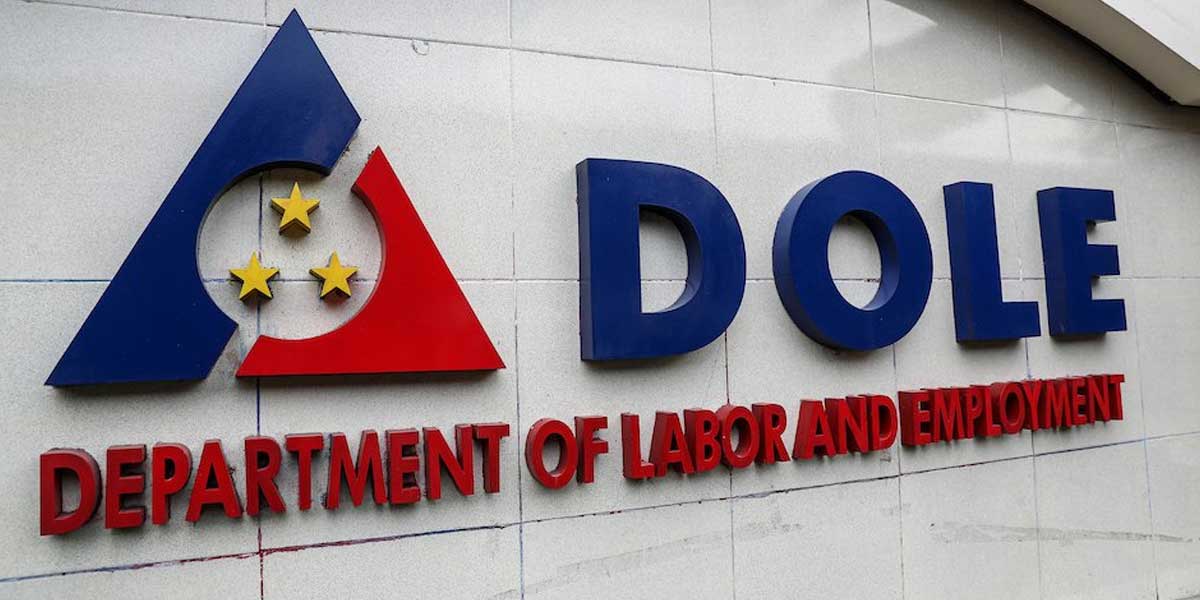 By Modesto P. Sa-onoy
By Modesto P. Sa-onoy
Another observation of the officials of the Sugar Regulatory Administration in their trip to Thailand’s sugar industry is the system of milling of the canes. Their report said, “Deliveries of sugarcane to the sugar mills are programmed and scheduled by the mills from their registered sugarcane farmers and the time between when the sugarcane is harvested from the farm to the time it is fed to the crusher of the mill is under 20 hours hence the efficiency and recovery of sugar is high which is beneficial to both growers and millers.”
Again, this is not new in the Philippine sugar industry. We had them since 1918 when the country adopted the centrifugal processing of canes. This system of the scheduled delivery to the mill was necessary because of the centralized milling. Prior to this every hacienda has its own mill and crushed the canes at any time that the hacendado decides. Each hacienda was homogenous.
When the milling was centralized (thus we called the mill as “central”) the sugar mill determined the schedule so that the planters begin to harvest to meet that schedule. This immediacy created a huge labor problem that necessitated the importation of seasonal laborers that were called “sacadas”. The sacada system would become a great social justice problem for the industry. Their plight had so disturbed the conscience of the nation that the planters suffered a blackened public image.
But the sacadas were vital because, as SRA noted, the time of delivery and crushing of the cane from the harvest is crucial in attaining a high recovery of the sugar. Today we see cane trucks lining up the highway and marshalling yards of the sugar millings waiting for up to two days for their turn to dump the canes. A lot of sugar is lost since fermentation begins once the cane is cut.
The mechanization of the harvesting is vital to save part of the sugar but how many cane fields are mechanized? The Thailand system of delivery below 20 hours after the harvest is impossible under the present Philippine system. Cleary cane harvesting must now be mechanized, not only to save on labor but also to increase the plantation yield. Unfortunately, the SRA had failed to move towards this system when it could have when the Sugar Industry Development Act made available P2 billion each year.
The next observation is tied to this need for immediate milling. According to the SRA press release they found that Thailand has a “zoning scheme (which) is also strictly implemented to avoid supply competition and lower hauling cost.”
We had this zoning scheme since 1918. We called it “milling district” where, as I pointed out last week, a plantation is adhered to. The cane in this plantation cannot be brought outside of the milling district. The two reasons cited by SRA, avoidance of cane supply competition and lower hauling cost are what he had until 1963 when the railway system was rendered unnecessary and canes were brought to the mill by truck or trailer and whichever mill offered the highest “trucking allowance.” Simply put, the industry discarded an efficient system and now must pay for the high cost of milling and lower efficiency. Paying for higher cost means lower income, an idea that does not need a genius to comprehend.
The history of the formation, the operation, and eventual loss of the milling district can fill a good-size book.
Sometime in 1988, I talked with the late Congressman Edward Matti on the possibility of restoring the mill district system. He was talking about the disadvantages that I mentioned above but he believed the planters would oppose the idea for many reasons. He did not mention it, but I know that among the reasons is power play. The elections of the leadership of the associations were politicized that in one instance led to bloodshed.
The association controlled the “reparto”, the allocation of rail cars; in effect, the association determined who will harvest and when. This is an awesome power that bred favoritism and cliques. Because of this control of the planter’s lifeblood, the association was important in the political equation in the towns, the congressional districts, and the province. Not a few landed in high political posts. National candidates also courted the association leaders for what was believed “controlled votes.”
Continued tomorrow.























